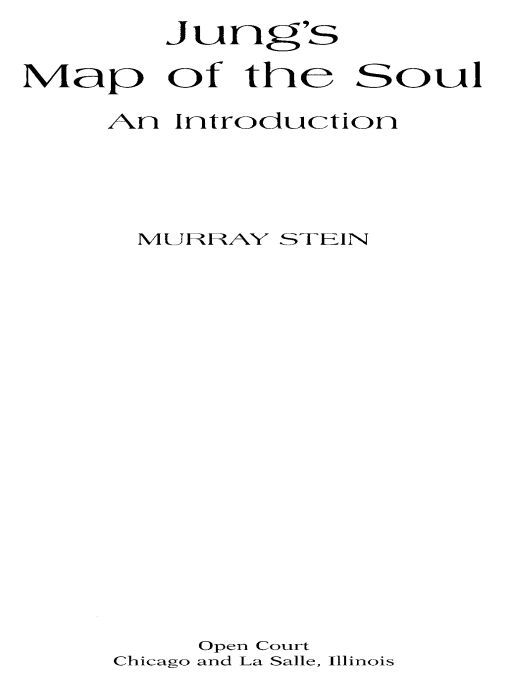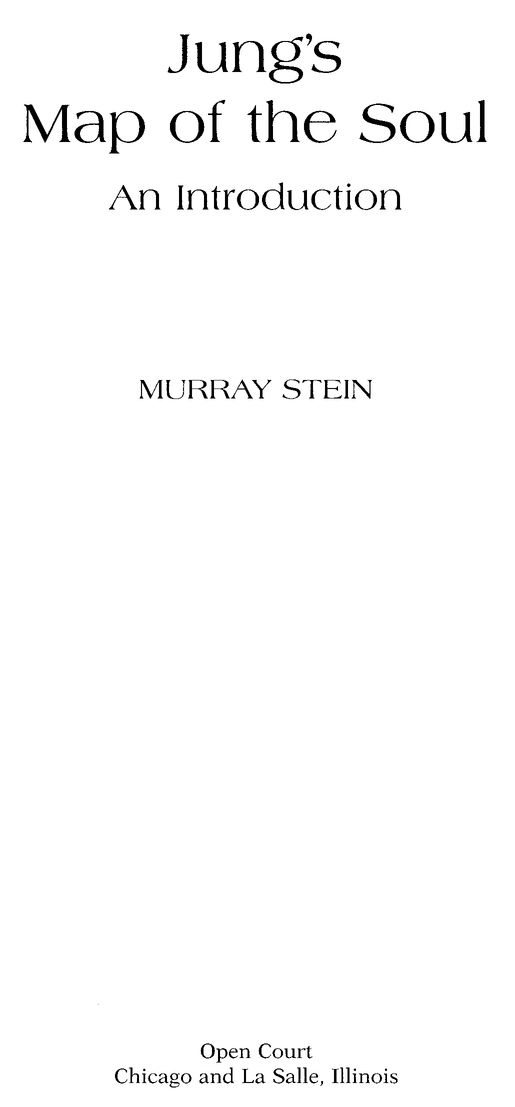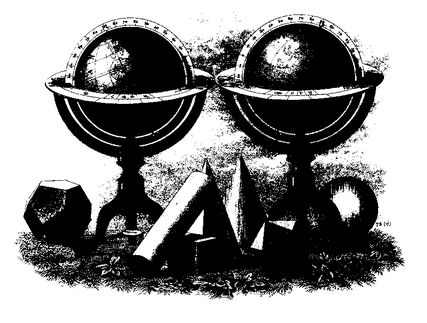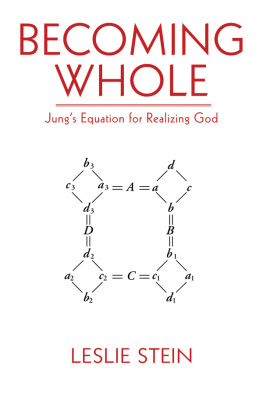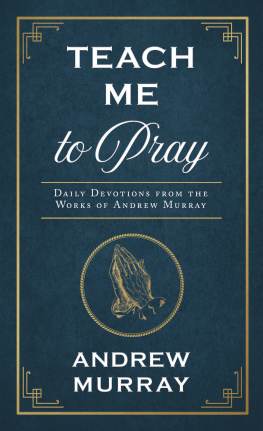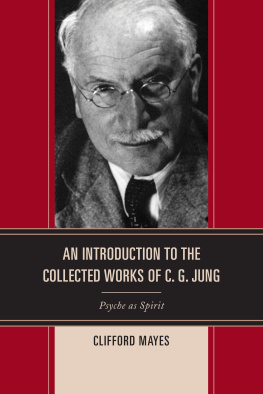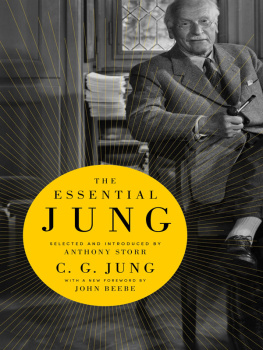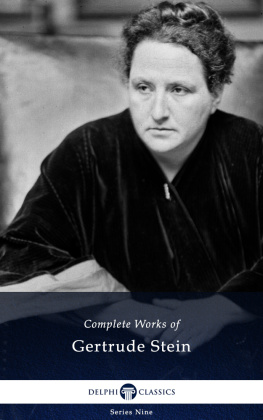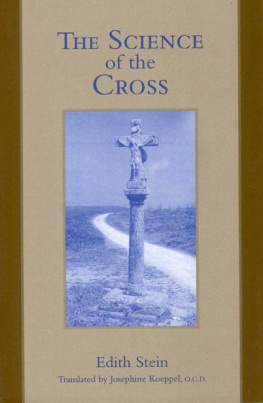Table of Contents
For Sarah and Christopher
Acknowledgments
This book would not have been possible without the patient typing and editorial assistance of Lynne Walter. I want to thank her for her dedication and unflagging optimism. I would also like to thank Jan Marlan for her encouragement and enthusiastic support. Those who have sat through my lectures over the years will recognize their contributions in the many points of detail that would not be in this text but for their questions and observations. Thanks to all of you.
Introduction
You could timidly explore the
coasts of Africa to the south,
but going west there was nothing
except fear, the unknown, not
our sea but the Sea of Mystery,
Mare Ignotum.
Carlos Fuentes
The Buried Mirror
The summer Jung died, I was preparing to go to college. It was 1961. Humans were beginning to explore outer space, and the race was on to see who would be the first to reach the moon, the Americans or the Russians. All eyes were focused on the great adventure of space exploration. For the first time in human history, people were succeeding in leaving terra firma and traveling toward the stars. What I did not realize at the time was that our century has been marked just as decisively by the journeys inward, the great explorations of the inner world undertaken by the likes of Carl Jung in the decades before Sputnik and Apollo. What John Glenn and Neil Armstrong have meant to us as explorers of outer space, Jung signifies with regard to inner space, a courageous and intrepid voyager into the unknown.
Jung died peacefully in his house just outside Zurich, in a room that faced the calm lake to the west. To the south one could see the Alps. The day before he passed away he asked his son to help him to the window to take a last look at his beloved mountains. He had spent a lifetime exploring inner space and describing what he found there in his writings. By coincidence it happened that the year Neil Armstrong stepped onto the surface of the moon I embarked on a journey to Zurich, Switzerland to study at the Jung Institute. What I am sharing in this volume is the distillation of nearly thirty years of studying Jungs map of the soul.
The aim of this book is to describe Jungs findings as he presented them in his published writings. First discovering Jung can itself be something like plunging into that Sea of Mystery written about by Fuentes in his account of earlier explorers who ventured across the Atlantic from Spain. It is with a sense of excitement, but also fear, that one launches out into these far-reaching places. I remember my first attempts. I was swept away by so much excitement at the prospect that I anxiously sought the advice of several of my university professors. I wondered if this was safe. Jung was so attractive that he seemed too good to be true! Would I become lost, confused, misled? Luckily for me, these mentors gave me the green light, and I have been journeying and finding treasures ever since.
Jungs own original journey was even more frightening. He literally had no idea if he was going to find a treasure or fall over the edge of the world into outer space. The unconscious was truly a Mare Ignotum when he first let himself into it. But he was young and courageous, and he was determined to make some new discoveries. So away he went.
Jung often referred to himself as a pioneer and explorer of the uncharted mystery that is the human soul. He seems to have had an adventuresome spirit. For himas for us stillthe human psyche was a vast territory, and in his day it had not yet been much studied. It was a mystery that challenged the adventuresome with the prospect of rich discovery and frightened the timid with the threat of insanity. For Jung the study of the soul also became a matter of grave historical importance, for, as he once said, the whole world hangs on a thread and that thread is the human psyche. It is vital that we all become more familiar with it.
The great question is, of course: Can the human soul ever be known, its depths plumbed, its vast territory charted? It was perhaps some leftover nineteenth-century scientific grandiosity that led early pioneers of depth psychology like Jung and Freud and Adler ever to undertake this effort and to think that they could define the ineffable and the supremely inscrutable human psyche. But set out into this Mare Ignotum they did, and Jung became a Christopher Columbus of the inner world. The twentieth century has been an age of scientific breakthroughs and technological wonders of all kinds; it has also been an age of deep introspection and probing into our common human subjectivity, which have resulted in the field broadly known today as depth psychology.
One way to familiarize ourselves with the psyche is to study the maps of it that have been drawn up and made available by these great pioneers. In their works we can find many points of orientation for ourselves, and perhaps we too will be stimulated to carry out further investigations and to make new discoveries. Jungs map of the psyche, as preliminary and perhaps unrefined and open-ended as it isas are all first attempts at charting unknown territoriescan still be a great boon to those who want to enter inner space, the world of the psyche, and not lose their way completely.
In this book, I accept Jung in his self-designated role of explorer and mapmaker, and I let this image guide me in presenting this introduction to his theory of the human psyche. The psyche is the territory, the unknown realm he was exploring; his theory is the map he created to communicate his understanding of the psyche. So it is Jungs map of the soul that I will attempt to describe in this book by leading you, the reader, into and through the territory of his writings. In doing so, I am presenting a map of a map, but one that I hope will be useful to you in your own further journeys into Jungs life and work.
Like all mapmakers, Jung worked with the instruments and evidence available to him in his time. Born in 1875, he completed his basic medical studies at the University of Basel in Switzerland by 1900 and his psychiatric training at the Burghlzli Klinik in Zurich by 1905. His important association with Freud extended from 1907 to 1913, after which he spent some years in a deep self-analysis and then emerged with his own distinctive psychological theorycalled analytical psychologywhich he presented to the world in 1921 in the book Psychological Types. By 1930, aged 55, he had created most of the basic features of his theory but had not yet detailed a number of important items. The details would be presented in the years following 1930 and would continue to flow from Jungs pen until he died in 1961.
The project of exploring the human psyche scientifically was begun early in Jungs adult life. His first official expedition is described in his doctoral study, On the Psychology and Pathology of So-Called Occult Phenomena. which he sent to Freud as an example of his work and as a suggestion for how some of Freuds ideas could be applied in psychiatry (Freud was a neurologist). After receiving Freuds warm and enthusiastic response, he entered into a professional relationship with him and quickly became the leader of the fledgling psychoanalytic movement. With this he began his study of the shadowy regions of neurotic conditions, landing finally on the discovery of more or less invariant universal fantasies and patterns of behavior (the archetypes) in an area of the deep psyche that he called the collective unconscious. The description and detailed account of the archetype and the collective unconscious would become his signature, a mark that sets his map apart from those of all other explorers of the deep psyche, the unconscious.

